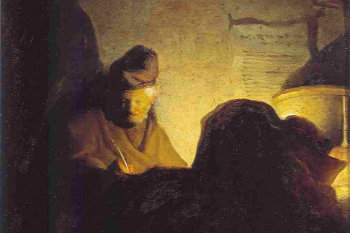
Leo Strauss & the Art of Writing
William Kristol
Hertog Foundation | 2012
Leo Strauss is famous for rediscovering “the art of writing.” What is it? Why is it important? What does its use suggest about politics and philosophy? What is the relation of the art of writing to some of Strauss’s other famous rediscoveries—including his revival of the tradition of political philosophy, and his emphasis of the clash between ancients and moderns?
We’ll consider these questions through a close reading of Leo Strauss’s 1952 book, Persecution and the Art of Writing—especially chapters 1 and 2. No previous knowledge of Strauss’s work is presupposed, but students unfamiliar with Strauss might want to read two essays about his work—“Leo Strauss and the History of Political Philosophy,” by Nathan Tarcov and Thomas Pangle, in Leo Strauss and Joseph Cropsey, eds., History of Political Philosophy, 3rd and revised edition (Chicago: University of Chicago Press, 1987), and “What Was Leo Strauss Up To?” Public Interest, Fall 2003 (longer version available in Perspectives in Political Science, Fall 2004). You might also enjoy a book review of Persecution and the Art of Writing by Irving Kristol in Commentary magazine, October, 1952 (“The Philosophers’ Hidden Truth”). Those seeking more familiarity with Strauss might want to take a look at On Tyranny and Natural Right and History, two other books written around then by Strauss.
A Writing Philosopher, Rembrandt, ca.1629